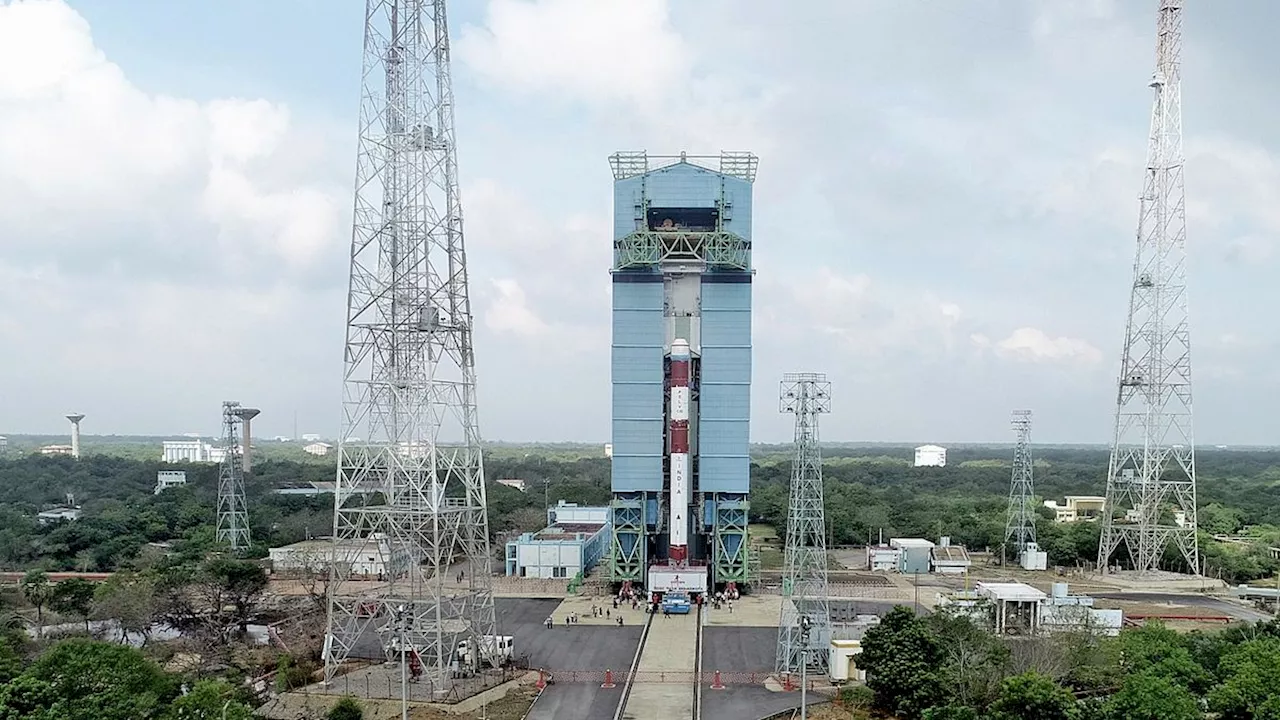India's Space Research Organisation (ISRO) is set to launch a space docking experiment (SpaDeX) on December 30th, testing autonomous docking technology crucial for future lunar missions and space station construction.
India will launch an ambitious space docking test flight on Monday (Dec. 30) that could set the stage for a future mission to the moon. It will launch the two small satellites of its Space Docking Experiment (SpaDeX) atop a Polar Satellite Launch Vehicle on Monday. Liftoff is set for 11:28 a.m. EST (9:58 p.m. IST, 1628 GMT) from ISRO 's Satish Dhawan Space Centre in Sriharikota.
The SpaDeX mission will launch two satellites, a Target and a Chaser, on a mission to test autonomous docking technology in orbit. But ISRO hopes to do more than just test automatic docking gear. The mission also includes a secondary payload module with 24 different experiments aboard, including a small robotic arm. Scientists hope to test the arm and other payloads after docking in a payload operations demonstration, and also test dual spacecraft control and power transfer between the docked spacecraft. The SpaDeX docking demonstration is expected to take place in early 2025 while the Target and Chaser spacecraft fly in290 miles (470 kilometers) above Earth. India is also planning a moon mission, which aims to return samples to Earth from the lunar south pole. A sample-return vehicle will have to dock in lunar orbit to transfer to sample to a return capsule. The ability to dock autonomously is also required for space station construction and operation
SPADEX India ISRO Space Docking Lunar Mission Robotics Technology
United States Latest News, United States Headlines
Similar News:You can also read news stories similar to this one that we have collected from other news sources.
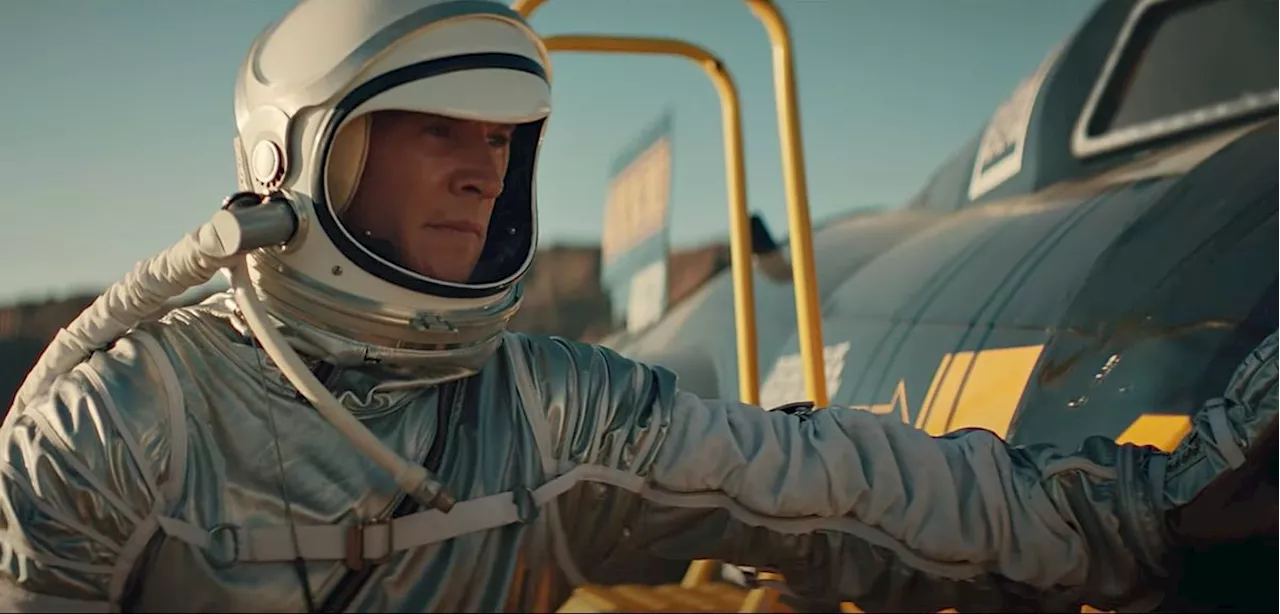 Edge of Space: A Thrilling Short Film Inspired by the Space RaceA new short film, 'Edge of Space', is making waves in the film festival circuit. Set during the height of the Cold War space race, the film follows a brave USAF test pilot recruited by NASA for a suborbital mission.
Edge of Space: A Thrilling Short Film Inspired by the Space RaceA new short film, 'Edge of Space', is making waves in the film festival circuit. Set during the height of the Cold War space race, the film follows a brave USAF test pilot recruited by NASA for a suborbital mission.
Read more »
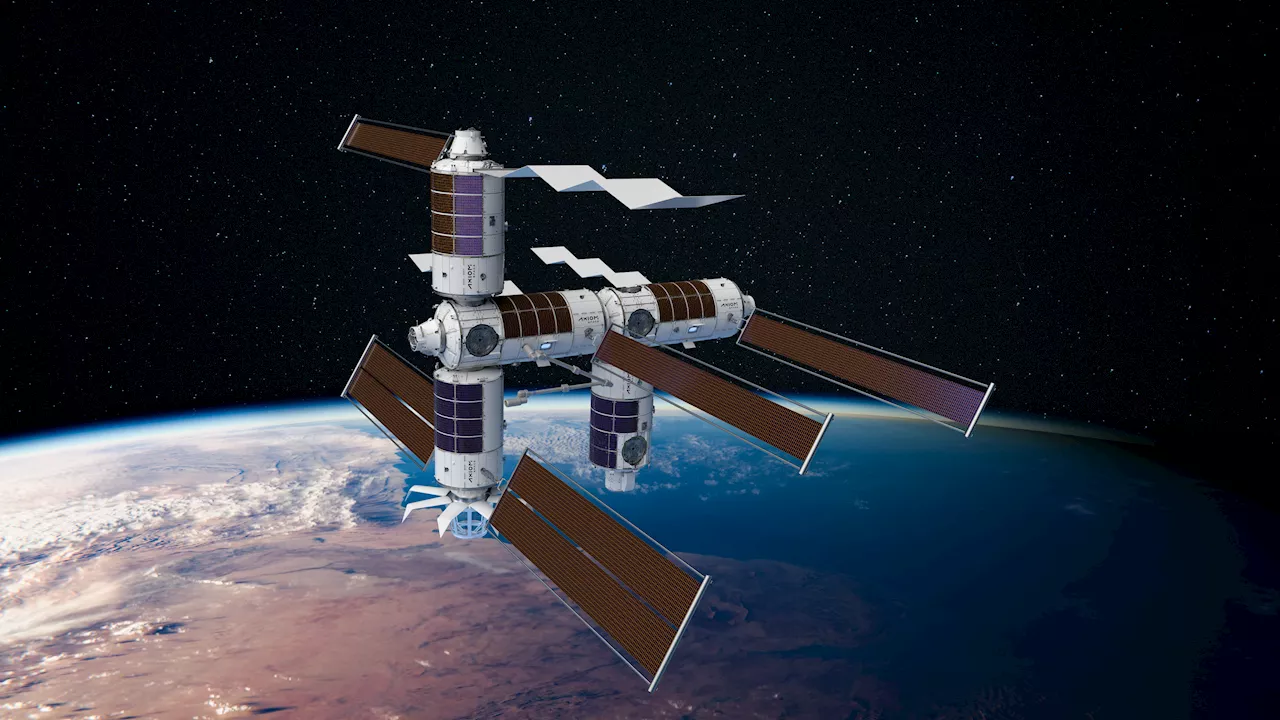 Axiom Space Adjusts Assembly Sequence for Earlier Free-Flying Space StationAxiom Space, in partnership with NASA, has modified its planned assembly sequence for its commercial space station, Axiom Station. This change aims to accelerate the station's operation as a free-flying entity and reduce dependence on the International Space Station (ISS) during assembly. The new sequence will see the Payload, Power, and Thermal Module launched first, allowing the station to detach from the ISS as early as 2028. Axiom will then continue assembly in free-flight, adding modules like Habitat 1 and the Research and Manufacturing Facility.
Axiom Space Adjusts Assembly Sequence for Earlier Free-Flying Space StationAxiom Space, in partnership with NASA, has modified its planned assembly sequence for its commercial space station, Axiom Station. This change aims to accelerate the station's operation as a free-flying entity and reduce dependence on the International Space Station (ISS) during assembly. The new sequence will see the Payload, Power, and Thermal Module launched first, allowing the station to detach from the ISS as early as 2028. Axiom will then continue assembly in free-flight, adding modules like Habitat 1 and the Research and Manufacturing Facility.
Read more »
 Axiom Space Adjusts Plans for Commercial Space StationAxiom Space has modified its assembly sequence for its planned commercial space station, Axiom Station, to accelerate its operation as a free-flying space station and reduce reliance on the International Space Station during assembly. The new plan involves launching the Payload, Power, and Thermal Module first, allowing it to detach as early as 2028 and become a free-flying destination. Axiom Space will continue assembly in free-flight, adding additional modules like Habitat 1 and the Research and Manufacturing Facility.
Axiom Space Adjusts Plans for Commercial Space StationAxiom Space has modified its assembly sequence for its planned commercial space station, Axiom Station, to accelerate its operation as a free-flying space station and reduce reliance on the International Space Station during assembly. The new plan involves launching the Payload, Power, and Thermal Module first, allowing it to detach as early as 2028 and become a free-flying destination. Axiom Space will continue assembly in free-flight, adding additional modules like Habitat 1 and the Research and Manufacturing Facility.
Read more »
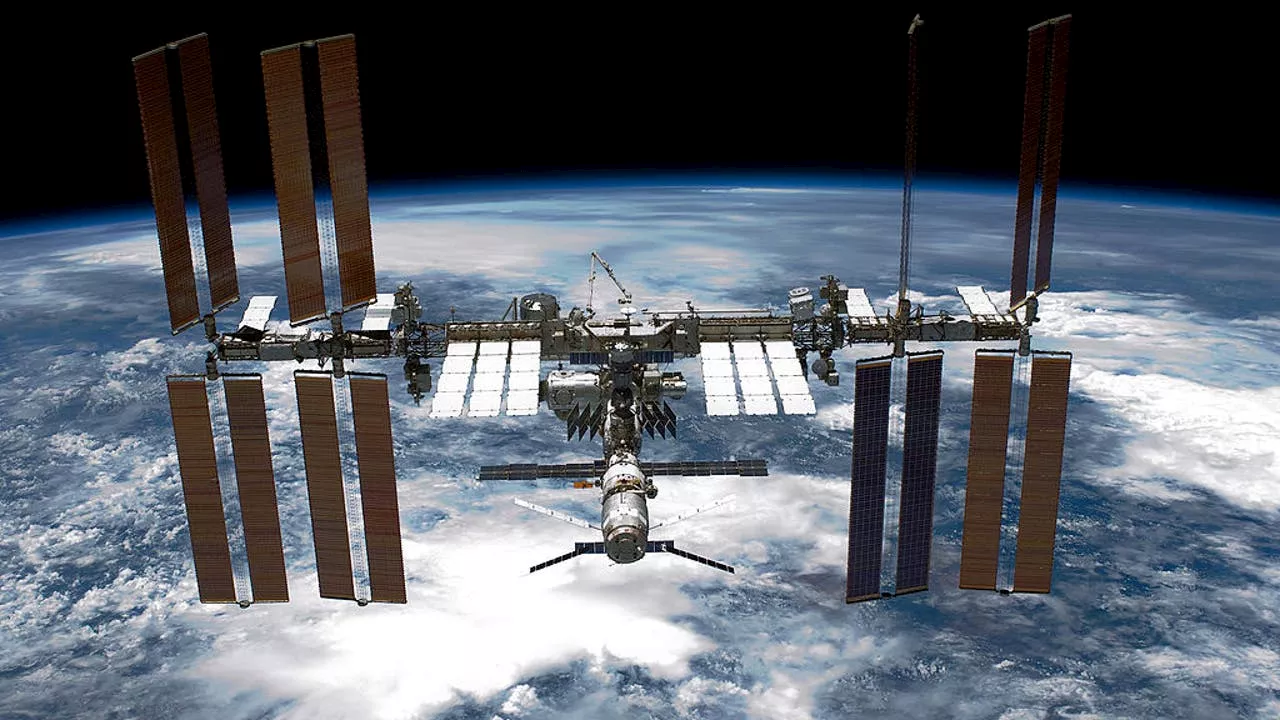 Space Debris Threatens Future of Space TravelThousands of defunct satellites and fragments orbit Earth at dangerous speeds, posing a significant risk to space travel. Experts warn that this space debris could lead to Kessler Syndrome, a chain reaction of collisions that makes parts of Earth's orbit unusable. The European Space Agency reports that only 10,200 out of 13,230 satellites launched remain in orbit, and defunct satellites, rocket boosters, and even lost tools contribute to the growing hazard. Spacefaring nations are taking action to address this threat, with the ESA's Zero Debris Charter aiming to nearly eliminate space junk by 2030.
Space Debris Threatens Future of Space TravelThousands of defunct satellites and fragments orbit Earth at dangerous speeds, posing a significant risk to space travel. Experts warn that this space debris could lead to Kessler Syndrome, a chain reaction of collisions that makes parts of Earth's orbit unusable. The European Space Agency reports that only 10,200 out of 13,230 satellites launched remain in orbit, and defunct satellites, rocket boosters, and even lost tools contribute to the growing hazard. Spacefaring nations are taking action to address this threat, with the ESA's Zero Debris Charter aiming to nearly eliminate space junk by 2030.
Read more »
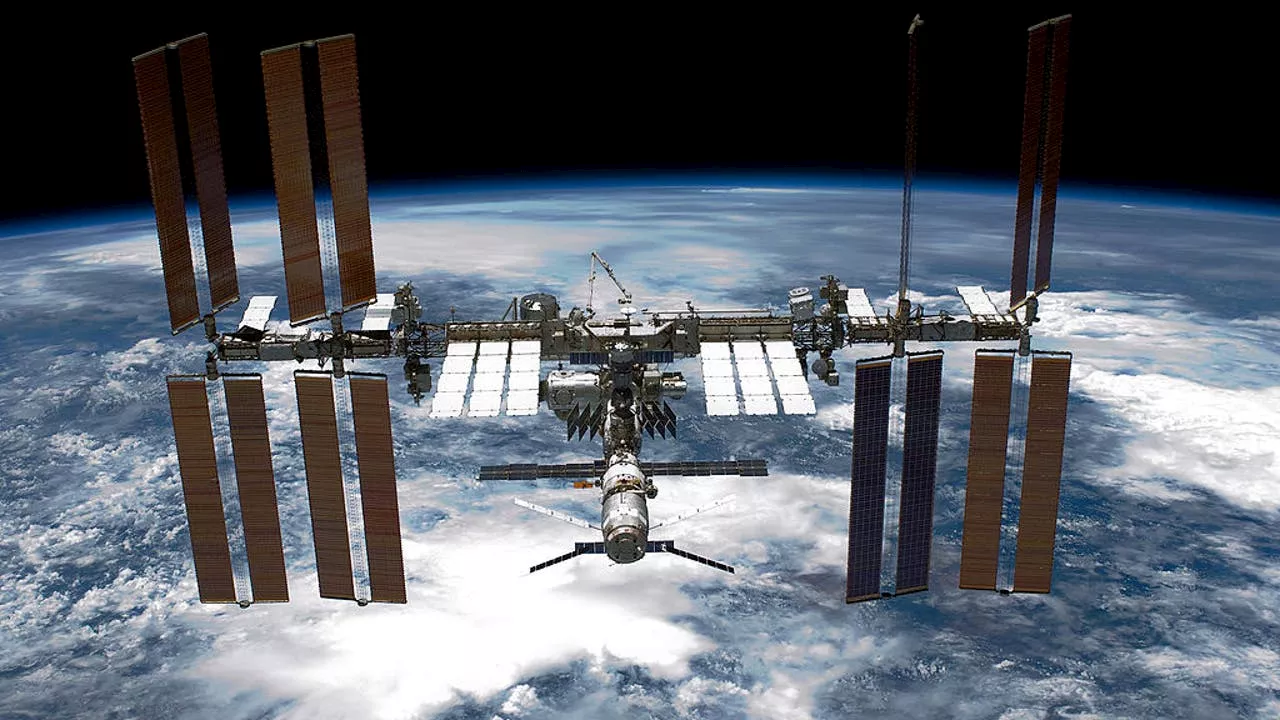 Space Debris Threatens the Future of Space TravelThousands of defunct satellites and fragments circling Earth at dangerous speeds pose a serious threat to future space exploration. Experts warn that the growing amount of space debris could make parts of Earth's orbit unusable.
Space Debris Threatens the Future of Space TravelThousands of defunct satellites and fragments circling Earth at dangerous speeds pose a serious threat to future space exploration. Experts warn that the growing amount of space debris could make parts of Earth's orbit unusable.
Read more »
 Henry Cavill Confirms Key Warhammer Breakthrough In Prime Video "Universe" Development UpdateA close-up of a Space Marine in Warhammer: Space Marine 2
Henry Cavill Confirms Key Warhammer Breakthrough In Prime Video "Universe" Development UpdateA close-up of a Space Marine in Warhammer: Space Marine 2
Read more »
